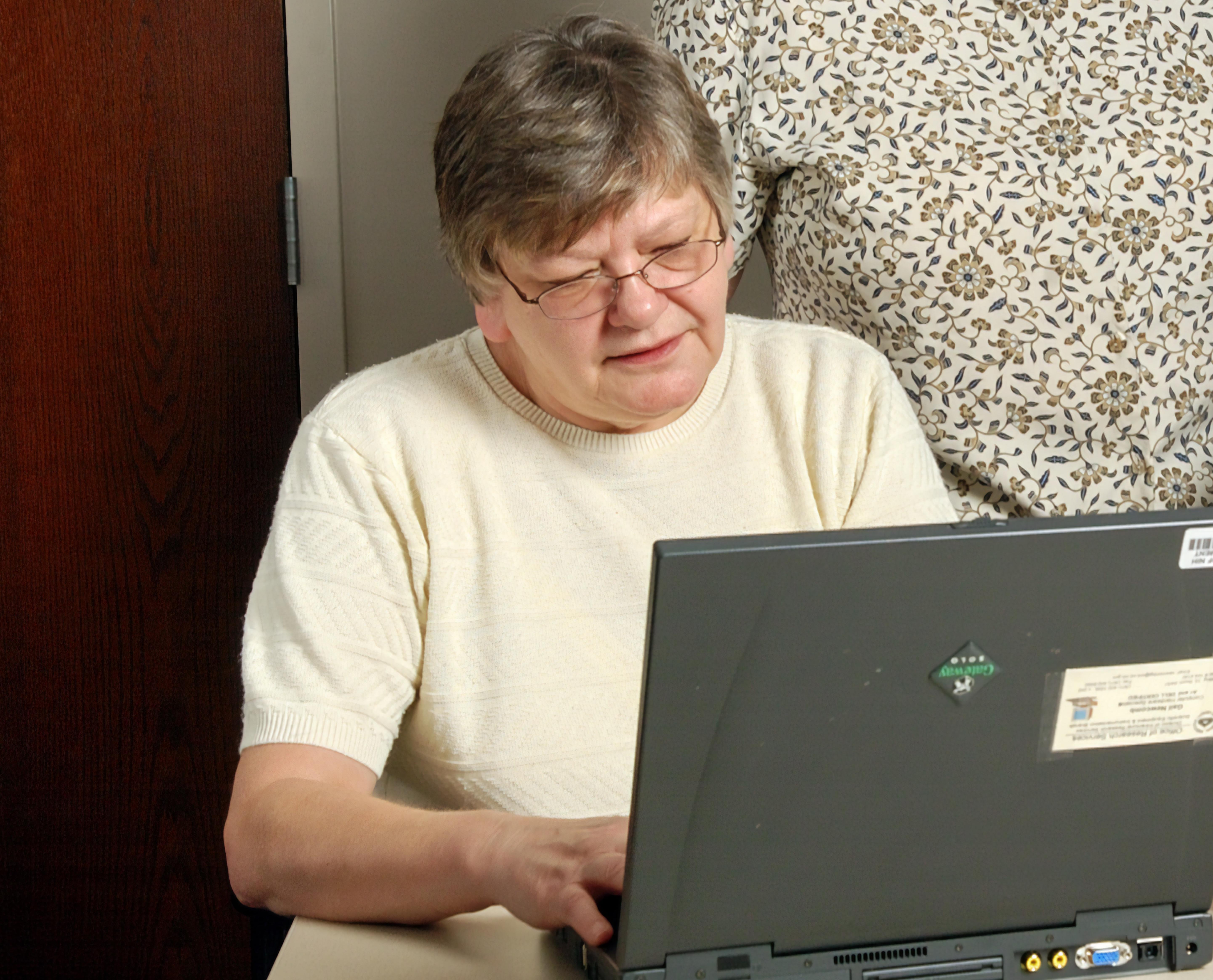 |
|
Older adults with VI experience greater economic hardship than those without, potentially making it harder to afford technology necessary for digital experiences. Photo: Getty Images. |
Recent advancements in telehealth acceptance has great potential to help bridge gaps in healthcare disparities, experts say. Especially for elderly adults, virtually connecting them with healthcare professionals can overcome certain challenges faced with physical visits. As such, Johns Hopkins researchers wanted to investigate if there was any association of visual impairment (VI) and digital technology access in older US adults. Their results were recently published in JAMA Ophthalmology.
The cross-sectional study included 2,822 Medicare beneficiaries (mean age 78.5 years; 54.7% female) aged 65 and older; beneficiary data was obtained from the National Health and Aging Trends Study 2021. Race and ethnicity were broken down as: 8.0% non-Hispanic Black, 7.0% Hispanic, 81.7% non-Hispanic white and 3.4% non-Hispanic other race. Of all patients, 32.3% had VI.
After modeling, the researchers determined that older adults with any VI had lower odds of having or knowing how to use a cellphone, computer or tablet than those without VI. Near VI was associated with lower odds of having and knowing how to use a phone, computer or tablet compared with no VI, while distance VI was only associated with lower odds of having and knowing how to use a cellphone. Contrast sensitivity impairment (CSI) was associated with lower odds of having and knowing how to use a phone or computer compared with no CSI.
No particular VI or individual VI category was associated with other outcomes of digital health- and nonhealthy-related experiences; similar associations were seen when vision was examined on a continuous scale. Worse distance acuity was linked to lower likelihood of seeing family or friends on a video call and ordering or refilling online prescriptions.
From these observations, the authors posit that older Americans with VI likely use digital devices less often than those without; however, no difference seems to exist with digital-health and nonhealthy-related activities. They explain that this may have been observed because multiple factors can contribute to digital activity, including reliance of a caregiver to perform these activities in-person and inadequate expertise to use activities online. Older adult caregivers of those with VI have previously been found to assist more hours per week than those without, including in helping with tasks like ordering medicine. What’s more, many online activities may inhibit older adults, especially ones with VI, from performing them due to barriers like small font, poor contrast or lacking alternative text for graphics.
With these considerations, the authors urge that “digital ownership and access are only the first step to telehealth equity as the telehealth platforms themselves require further modifications to enable the older adult population to use it.”1
In an invited commentary also published by JAMA Ophthalmology, one group delineates how this research may help provide this population with what they need. In their commentary, they explain how there is a digital divide between patients from health-disparity populations and those who are not. This divide refers to both the accessibility of digital health by patients from health-disparity populations and to the technology used by the health systems where the receive care.
To combat this divide, the commentary authors point to a specific finding in the original research: that 89.8% of older adults with VI had a cellphone, and this proportion increased to 92% after adjusting for age, race, sex, education, living arrangements and comorbidities. Both percentages are higher than the proportion of older adults with a computer (61.5%) or a tablet (40.1%). Even further, the proportion of adults with VI who had a cellphone was only 3% less than those without one.
As such, they conclude that “basing patient-oriented digital health interventions on devices such as cellphones that patients already have access to may help bridge the digital divide and ensure that these interventions are accessible to all.”2
1. Thomas J, Almidani L, Swenor BK, Varadaraj V. Digital technology use among older adults with vision impairment. JAMA Ophthalmol. April 4, 2024. [Epub ahead of print]. 2. Stagg BC, Schlechter CR, Del Fiol G. The digital divide in eye health care delivery. JAMA Ophthalmol. April 4, 2024. [Epub ahead of print]. |

